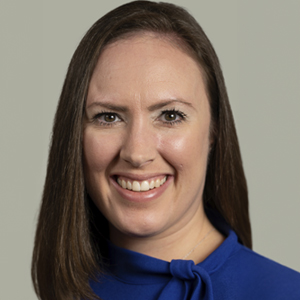Recent research discusses that children with unilateral cerebral palsy may be able to use imagery techniques to assist or develop hand function.
In a study published in Frontiers in Neurology, researchers from the Department of Medicine and Surgery at the University of Parma, Italy, wanted to better understand the relationship that could exist when children visualize an action and then try to physically do the same thing.
The Most Common Physical Disability in the US
Cerebral palsy (CP) is the most common physical disability in the United States, affecting about one in every 500 live births. CP can be a product of genetics or in utero infection, or it can occur during a difficult or delayed birth, among other causes.
In this study, researchers worked with children diagnosed with unilateral cerebral palsy (UCP), a type of CP where only one side of the body is impacted. UCP represents about 38 percent of all CP patients. Study authors note UCP in particular can be caused by ischemic stroke at birth, brain abnormalities, or prematurity.
In addition to physical dexterity, earlier research reveals that children with UCP also have difficulties with neurological planning of movement—what scientists refer to as “motor planning and motor imagery.” For most, these neural activities take place in the brain without thought or consideration. In this study, attention to the imagining of activity can help activate actual activity in children with UCP. The method of mentally walking through an activity, simulating it in the brain without trying to perform the action, is called Motor Imagery (MI).
In this study, children with UCP between ages 9 and 14 worked to perform a mental task of imagining themselves picking up an object and putting it into a container—and then trying the task physically. A control group of children without UCP was also evaluated. MRI imaging was used to evaluate a subgroup of children to record brain activity during mental imaging of an activity with the impacted hand.
The Research Findings
Researchers found a correlation between imagined and executed activities in the groups of children with UCP, and those without. Authors note, “This study substantiates the view that explicit MI ability for grasping actions could be preserved in UCP children, as demonstrated by temporal correlation between durations of actual and imagined movements.”
The research suggests MI could become an important training tool to aid the rehabilitation of upper limb motor deficits in children with UCP as well as patients who suffer stroke or Parkinson’s disease.
Skilled injury attorneys in Baltimore and Washington, D.C.
Our experienced legal team provides aggressive legal representation to individuals and families throughout the US to obtain satisfying compensation for those who suffer medical mistakes that could result in cerebral palsy. Contact us today or call 410-234-1000 to schedule a free consultation to discuss your case.













